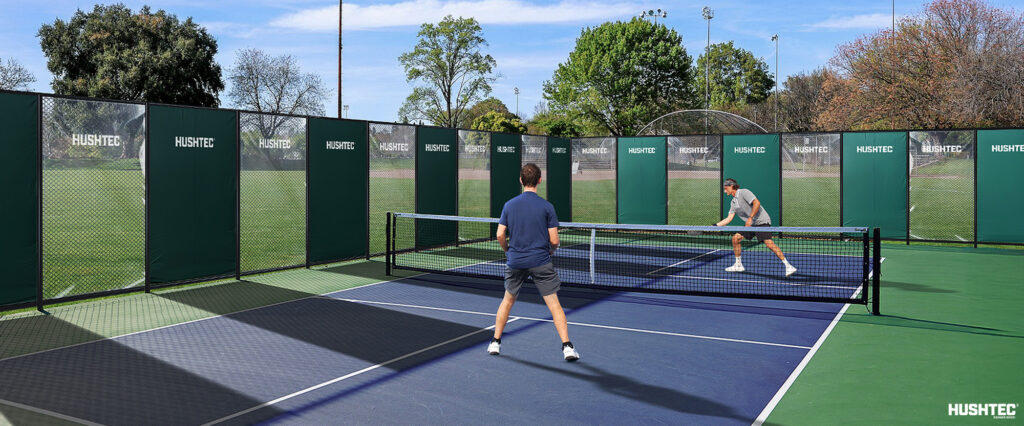Pickleball Noise Community Challenges
As pickleball grows in 2024, pickleball noise community concerns have become a key issue for residents and players alike.. While players revel in its accessibility and social benefits, nearby residents occasionally voice concerns about noise and disruption. Striking a balance between recreation and residential tranquility is key to fostering community harmony.
In this blog, we’ll explore the issues surrounding pickleball noise, discuss its impact on communities, and highlight strategies to create win-win solutions for everyone involved.

The Growing Popularity of Pickleball
Pickleball, often described as a blend of tennis, badminton, and ping-pong, has become a favorite for players of all ages. Its simple rules and social nature make it one of the fastest-growing sports in the United States. However, with more courts springing up in neighborhoods, parks, and recreational centers, concerns about noise have followed.
Pickleball Noise Community Challenges
- What Makes Pickleball Noisy?
The distinctive “pop” of the ball striking the paddle, combined with players’ conversations and cheers, creates a soundscape that some find disruptive. Unlike tennis, where softer rackets and balls are used, pickleball’s hard paddles and polymer balls produce sharper, more repetitive sounds. - Proximity to Residences
Many pickleball courts are located in suburban parks or shared recreational spaces near homes. The noise is particularly noticeable during early mornings or evenings when players enjoy cooler temperatures.
The Impact on Communities
- Resident’s Concerns
Persistent noise can disrupt daily routines, affect quality of life, and even lead to disputes between neighbors and players. - Player Frustrations
Conversely, players value pickleball as a way to stay active and build social connections. Restrictions on play times or court closures can feel like a loss of a vital community resource.
Strategies for Pickleball Noise Community Harmony
- Implement Noise-Reducing Solutions
- Acoustic Fencing: Installing sound-dampening barriers around courts. Hushtec customized ClearPlay Barriers offer great soundproofing and visibility.
- Quieter Equipment: Encouraging the use of paddles and balls designed to minimize noise.
- Court Placement: Designing new courts farther from residential areas.
- Adjust Play Times
Limiting court hours to avoid early morning or late-night play can reduce disturbances during sensitive times. - Foster Open Dialogue
Hosting community meetings where residents and players can share concerns and collaborate on solutions is crucial. Building understanding can lead to compromises that satisfy both sides. - Educate Players on Etiquette
Encouraging players to respect nearby residents by moderating noise and adhering to posted rules can make a significant difference. - Local Policies and Zoning
Working with local governments to develop fair policies that consider both the recreational and residential needs of the community.
Balancing Recreation and Peace
Pickleball is more than just a sport—it’s a way for people to connect, stay active, and enjoy the outdoors. However, as its popularity grows, communities must address the challenges it brings with thoughtful planning and a commitment to compromise. By working together, residents and players can find solutions that allow everyone to benefit from the game while maintaining peace in their neighborhoods.
Join the Conversation
Pickleball strengthens communities when managed thoughtfully. Discover more about the industries we serve or contact Hushtec for tailored pickleball noise community solutions.



